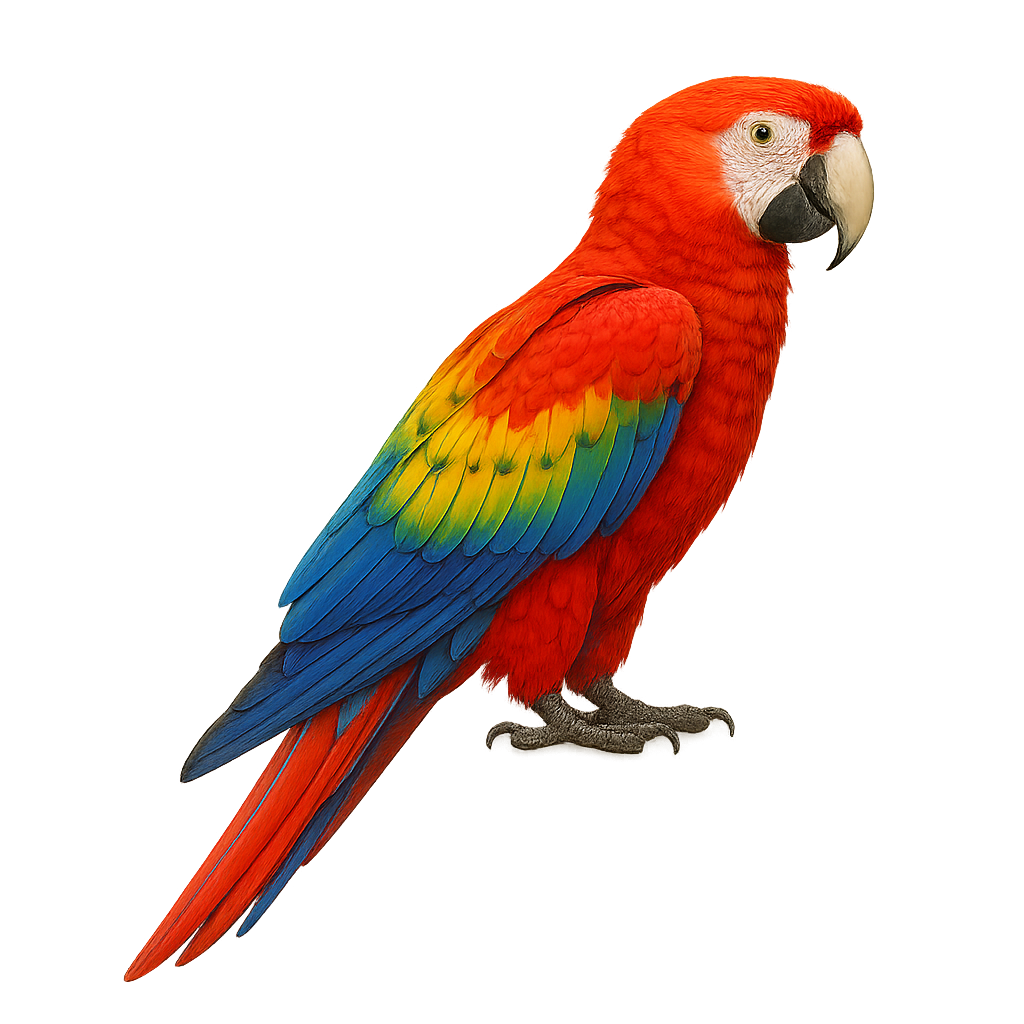Your wildlife photography guide.
Explore the scarlet macaw in detail, study its behavior, prepare your shots.
Where to observe and photograph the scarlet macaw in the wild
Learn where and when to spot the scarlet macaw in the wild, how to identify the species based on distinctive features, and what natural environments it inhabits. The WildlifePhotographer app offers tailored photography tips that reflect the scarlet macaw’s behavior, helping you capture better wildlife images. Explore the full species profile for key information including description, habitat, active periods, and approach techniques.
Scarlet macaw
Scientific name: Ara macao

IUCN Status: Endangered
Family: PSITTACIDAE
Group: Birds
Sensitivity to human approach: Tolerant
Minimum approach distance: 20 m
Courtship display: January to March
Incubation: 24–26 jours
Hatchings: February to April
Habitat:
Humid tropical forests, mainly in Central and South America
Activity period :
Primarily active during the day, with peak activity in the morning and late afternoon.
Identification and description:
The Scarlet Macaw is one of the most iconic and colorful parrots, easily recognized by its vibrant red, blue, and yellow plumage. This large parrot primarily inhabits the humid tropical forests of Central and South America, where it feeds on fruits, nuts, and seeds. The Scarlet Macaw is a social bird, living in groups and possessing a highly developed vocal behavior. Its powerful call is often heard throughout the forest canopy. It is also known for its ability to fly long distances, gliding with grace and agility.
Unfortunately, the Scarlet Macaw is threatened in certain regions due to habitat loss and illegal wildlife trade. Conservation efforts are underway to protect this majestic species.
Recommended lens:
200 mm – adjust based on distance, desired framing (portrait or habitat), and approach conditions.
Photography tips:
Use a telephoto lens to capture the beautiful colors and behaviors of the scarlet macaws without disturbing them. Photograph them early in the morning or late in the afternoon for the best light. Stay discreet and respect their space, especially during the breeding season.
The WildlifePhotographer App is coming soon!
Be the first to explore the best nature spots, track rutting seasons, log your observations, and observe more wildlife.
Already 1 429 wildlife lovers subscribed worldwide

